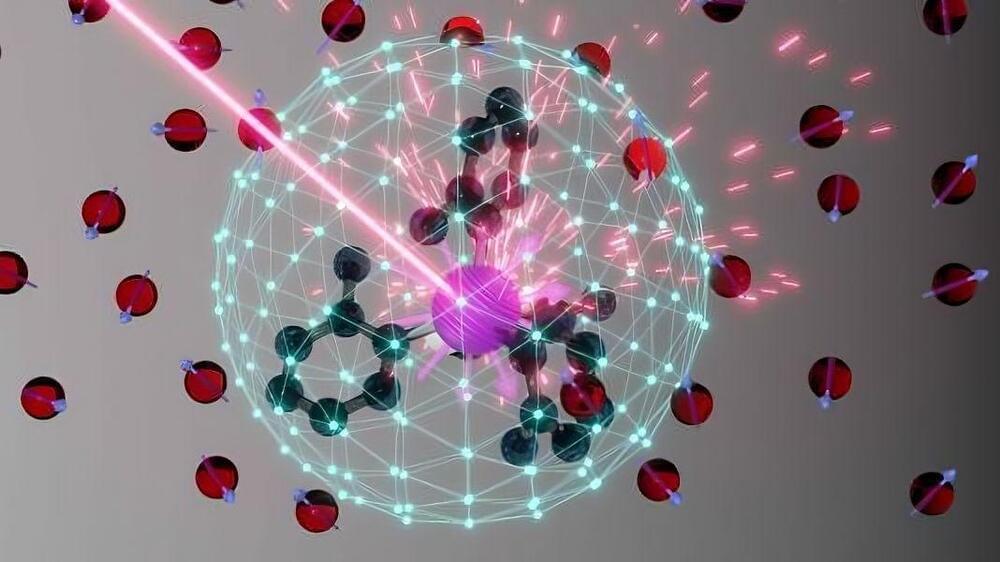Researchers at MIT’s Center for Bits and Atoms are working on an ambitious project, designing robots that effectively self-assemble. The team admits that the goal of an autonomous self-building robot is still “years away,” but the work has thus far demonstrated positive results.
At the system’s center are voxels (a term borrowed from computer graphics), which carry power and data that can be shared between pieces. The pieces form the foundation of the robot, grabbing and attaching additional voxels before moving across the grid for further assembly.
The researchers note in an associated paper published in Nature, “Our approach challenges the convention that larger constructions need larger machines to build them, and could be applied in areas that today either require substantial capital investments for fixed infrastructure or are altogether unfeasible.”



